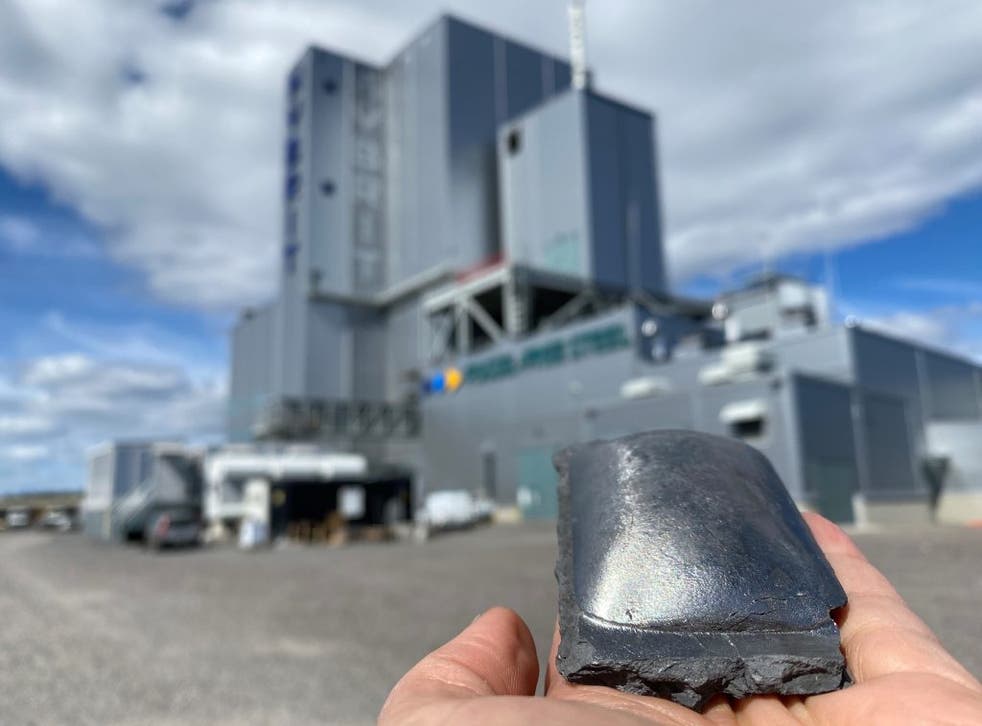The most convenient form for storing and transporting wide metal sheets is a coil. The plates are used in all modern industry, manufacturing, and construction — ship hulls, railcars, aircraft, ground welded pipes, electronic machines, and much more. Coiled metal is stored on the way from the manufacturer to the customer, and each steel coil has its own designation: number, size, GOST, the manufacturer’s name.
Steel coils are differentiated by the production method into the cold- and hot-rolled, divided into regular and high-strength steel categories. Steel can be from 0, 5 mm (thin), or 4 mm (thick), depending on the area of further application.
Field of Application
Galvanized coil sheet has excellent performance characteristics that professionals value. Coils are transported to the customer’s enterprise, uncoiled, cut into billets of the required size, and applied directly or processed further. The protected metal is used in:
- food industry and medical equipment manufacturing;
- automotive industry and manufacturing of a variety of household appliances;
- manufacturing of hangars, bunkers, and specialized containers;
- producing of corrugated sheeting;
- manufacturing of air conditioning systems.
Galvanizing Process
Cold-rolled steel with precise parameters of the surface layer is used to form protected material. For its production, structural and carbon steel of different grades are used by the peculiarities of further use. Two primary methods make the coating.

Galvanizing
This method consists of electrolysis technology. Rolled steel and a zinc anode are placed in a bath filled with an electrolyte. The technology includes oxidation and reduction reactions, which are accompanied by the electrons’ movements through an external circuit and the flow of zinc ions in the electrolyte from anode to cathode. This type of coating is usually used for thin products with a layer of 5-12 µm.
Hot-dip Galvanizing
It’s a multi-stage process. Production of hot-dip galvanized steel coils can be processed on continuous galvanizing lines with non-oxidative annealing furnaces and lines with liquid or dry flux technology. When steel coils are processed on hot-dip galvanizing units with oxidation-free annealing, the manufacturing process includes electrochemical cleaning, drying, and annealing of the strip to obtain the required mechanical properties. Before galvanizing, the surface is thoroughly cleaned and degreased, and all extraneous elements are removed. Etching removes oxides and scale from the surface. A bath is prepared with a zinc melt and other alloying additives, in which the plate is placed. As the coil passes through the tub, a passivation layer (a thin alloy of iron and zinc) is formed on its surface.

Outcome of Galvanization
The resulting products must meet the following requirements:
- have no cracking;
- the coating must be clean and even;
- coiled steel must not have “torn” edges;
- the coating must not have multiple steel layers, dark dots, various specks, uneven zinc crystallization, scratches, and other defects.
A wide range of metals is consumed in industries. They are exploited to construct buildings and structures in mechanical engineering and many other fields. Due to modern technology, which has evolved over the centuries, steel can take different forms that sometimes require a specific forging method, change its characteristics, increase its service life, and expand its horizons.
The most common materials include galvanized sheet metal. Owing to its convenience of work, wide usage range, and durability, zinc-coated steel plates have gained recognition and are in permanent demand among different manufacturers and private persons.






